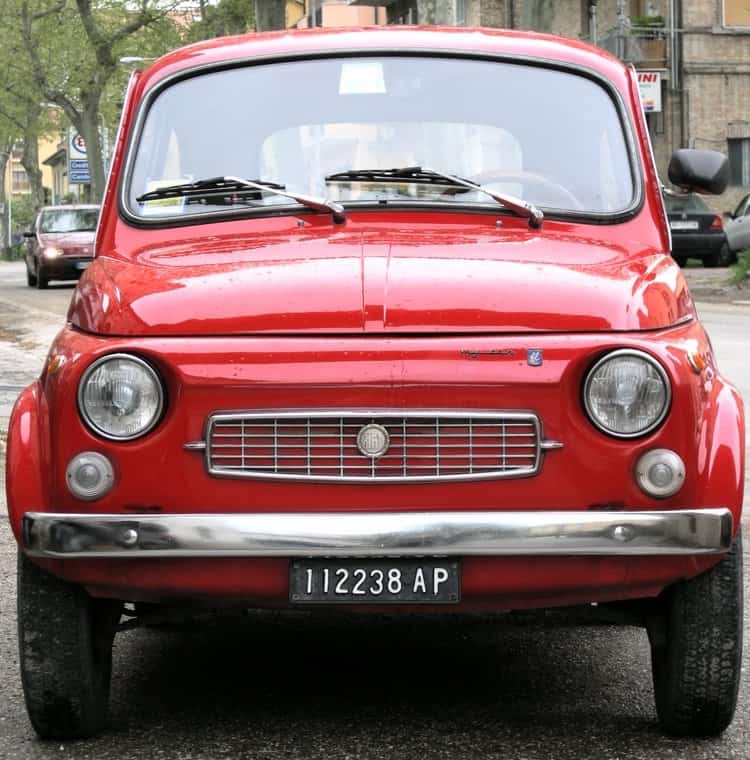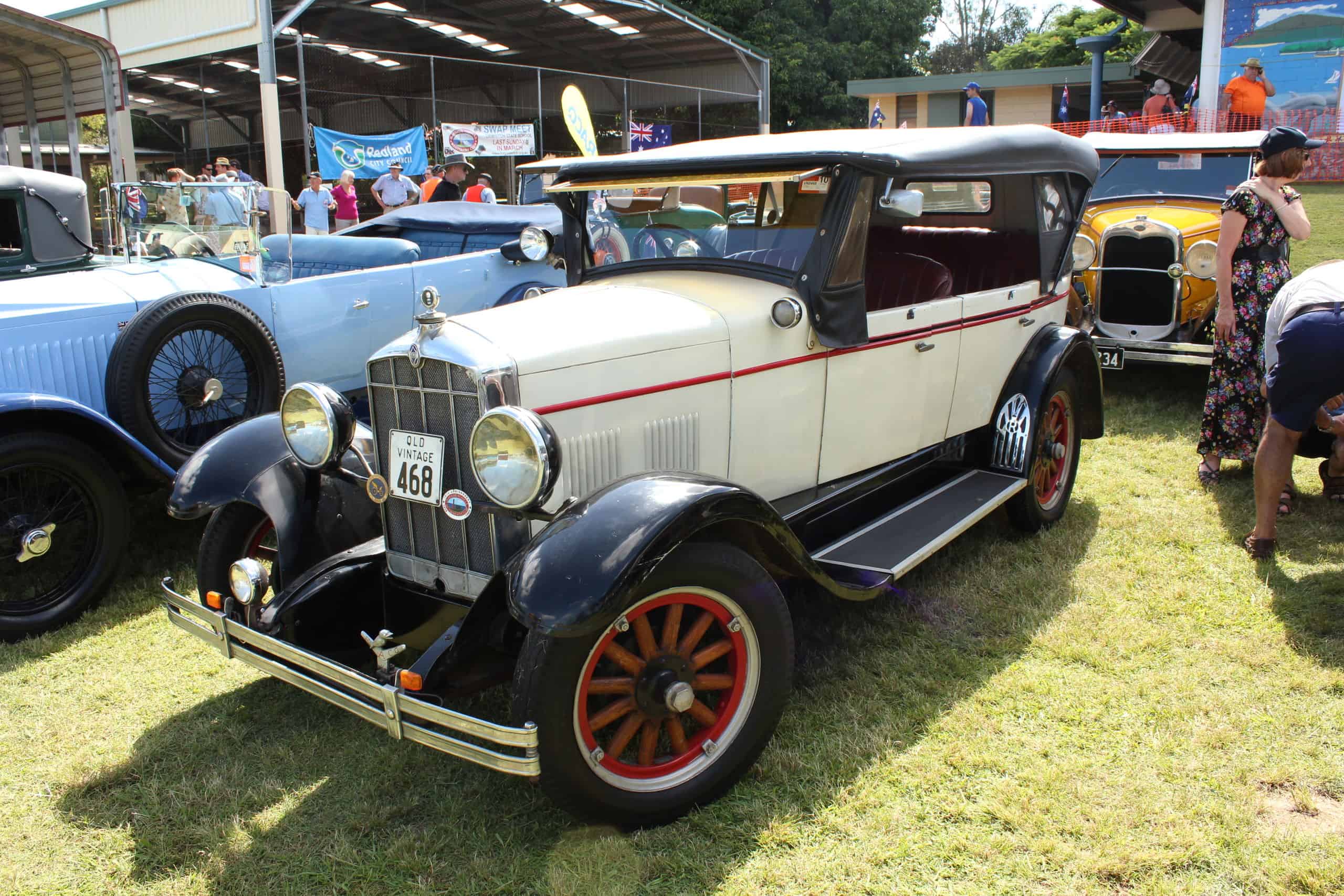This past Sunday morning, while waiting for our church’s now-online worship service to begin, I pulled out Volume 1 of The Beaulieu Encyclopedia of the Automobile because I wanted to look up the history of Baker, the electric car manufacturer, for a story I hope to write.
The book, and I’m talking here just about Volume 1 — spans more than 600 pages, so I felt good when I opened it to page 126, just one turn of the page before the Baker entry.
However, while looking at page 126, I noticed there had been a car company called Badminton. Yes, like the game played with racquets and a shuttlecock and a net, played for recreation in many backyards and on a very serious level at the Summer Olympics.
According to britannica.com, the game traces to ancient Greece, China and India but takes its modern name from Badminton, the country estate of the dukes of Beaufort in Gloucestershire, England.
According to the Beaulieu book, Badminton Motors Ltd. was established in 1907 in Willesden, London, though chassis were produced in France and were designed by a racing driver named Teste, who may have been affiliated with Teste et Moret, which produced cars from 1898-1903, and then shifted its production to machine tools.
After church it was back to Badminton, which took over a former British Fiat facility and turned it into an assembly plant. Badminton cars had either a 2.8-liter or 3.4-liter 4-cylinder engine.
The Beaulieu’s short description doesn’t offer much more, other than this: “At least two Badmintons were said to have been sold to China.”

That there was a car company called Badminton got me to wondering if there were other automakers that shared their names with sports. And since the coronavirus pandemic has erased nearly all of the world’s sports calendar, I kept turning pages.
One note: The listings are by car manufacturers, not by various makes or models, so we cannot include the Rockne, the Studebaker-produced make named for the famed Notre Dame football coach.
Though not a sport, there was an Achilles automaker, as in the tendon that has cut short so many athletic careers. The Achilles was a British company that was in production from 1903-1908.
Another British company, Boxer, was in business in 1986 and 1987, though it reportedly produced only one prototype of its mid-engine sports car that was build around a fiberglass monocoque.
The goal of seemingly every athlete is to be a champion and three car producers have used Champion as their name. There was the short-lived (1916) Champion Auto Equipment Co. of Wabash, Indiana, which built 167 cars; the Champion Motor Corp. of Philadelphia, which succeeded the Direct Drive company and lasted from 1917-1924; and Champion Automobil GmbH, a German automaker in the early post-war years founded by former BMW engineer and racer Hermann Holbein.
OK, so checkers is a board game, not a sport — though you’d have thought it was serious sport to see my grandfather and his friends playing — I will include the Checker Motors Corp., best-known for its taxi cabs, in this list.
The throwing of darts demands athletic skill and there have been two Dart automakers — one in Jamestown, New York, in 1914 and one in England in 1991-1992.

And on to Volume 2 and Golf Car Images, a California company that in the early 1990s produced kit bodies that looked like the 1965 Ford Mustang and fit over golf-cart chassis.
(If you expected to see the Volkswagen Golf listed here, it is not, because it is a model made by VW, not a standalone automobile manufacturer.)
It’s been a lot of pages since Golf Car, so just to take a break from turning page after page I’m including Lombardi, as in Vince Lombardi, long-time coach of the Green Bay Packers. Francis Lombari S.a.s. built cars based on Fiat or Lancia vehicles in Vercelli, Italy, from 1969-1974. His Fiat 850 variant was a coupe with a “handsome” shark-nose coachwork.
I’m not withdrawing Lombardi, but had I been patient for just a few more pages I’d have discovered three car companies named Marathon. There were Marathon Motor Works of Nashville, Tennessee (1910-1914); Automobiles Marathon SA of Paris (1953-1955); and Marathon Electric Vehicles of Montreal (1976-1981).
The Nashville company started in Jackson, Tennessee, in 1907 as Southern Motor Works. The French company was founded by rally driver Bernard Denis. The Montreal firm started making electric golf carts in 1969 and graduated to a Jeep-like 2-seater for the road.

Decades before a shoe company in Oregon was created, Automobiles Nike of Barcelona, Spain, produced cars from 1917-1919. In addition to producing its own 4-cylinder engines, Nike developed what the encyclopedia called “a curious panoramic windscreen,” but apparently never put it on any of its production vehicles.
With the demise of Cartercar in 1915, its plant in Pontiac, Michigan, was used for 2 years by General Motors before former Cartercar general manger R. A. Palmer took over the facility and launched Olympian Motors, producing 2,070 vehicles from 1917-1920.
Nearly halfway through Volume 3, we encounter Rugby, only to learn that it wasn’t a separate car company but the vehicle produced from 1912-1913 by a Polish company named Star, which primarily was a bus dealer and service facility.
Looking for cars with sports links? Check out page 1,485 of the Beaulieu Encyclopedia, where we find Sports, Sportscar, Sports Car engineering, Sports Car Services, and Sports Cars Inc.
Sports Motor Co., 1900-1901, was based in London and put its bodies on imported chassis. Sportscar, 1974-1980, was a Dutch producer of beach buggies. Sports Car engineering of Los Angeles produced fiberglass bodies around 1958 under license to a British company. Sports Car Services, 1985-1987, made Cobra replicas in England. Sports Cars Inc. was based somewhere in Kentucky and around 1998 did Lamborghini-style kit cars based on Pontiac Fiero mechanicals.
Of course, everyone’s goal in sports is Victory, which brings us to Victory Motor Car Co., of Boston, 1920-1921, which was taking the Ford Model T and adding “camouflage which gave it an almost sporting appearance.” The changes included a new head on the engine, a long wheelbase, cycle-style mudguards, square radiator and disc wheels.
Two car companies were, literally, labeled Winner. One was part of Elgin Electric, although it produced cars in 1899-1901 with gasoline engines, and the other Winner, based in St. Louis, built motorized buggies in 1907-1909.
Although Strassberger Motors of Menlo Park, California, produced fiberglass-bodied and Ford V8-powered cars from 1953-1954, it is listed on page 1774 of the Encyclopedia under its vehicles’ name, which is shared with baseball star Joe DiMaggio: Yankee Clipper.





